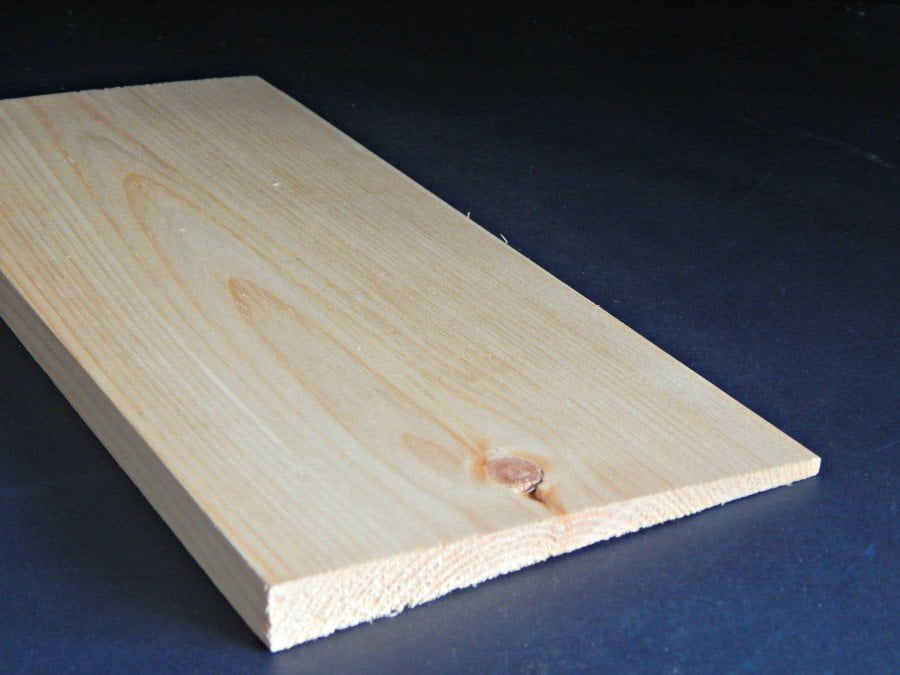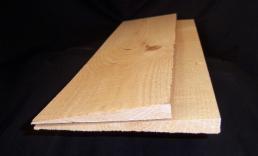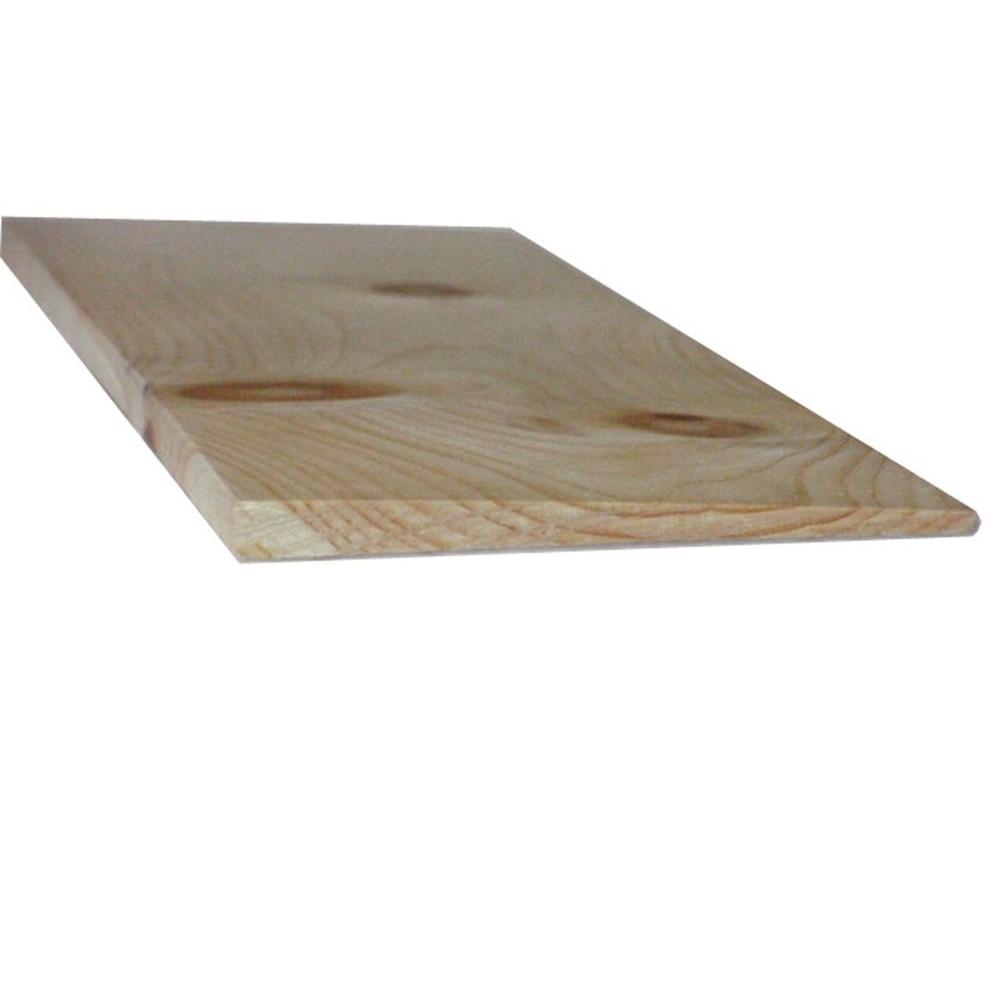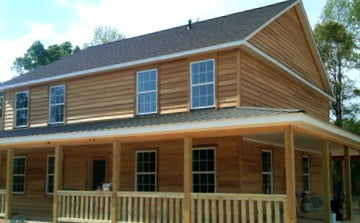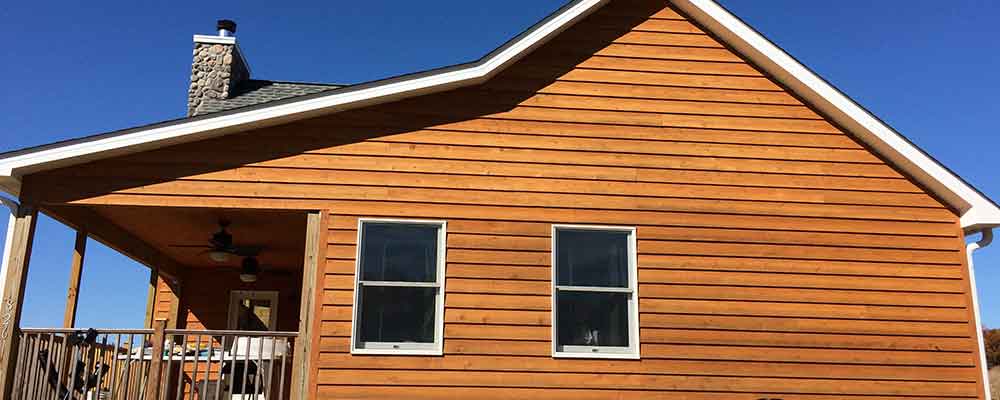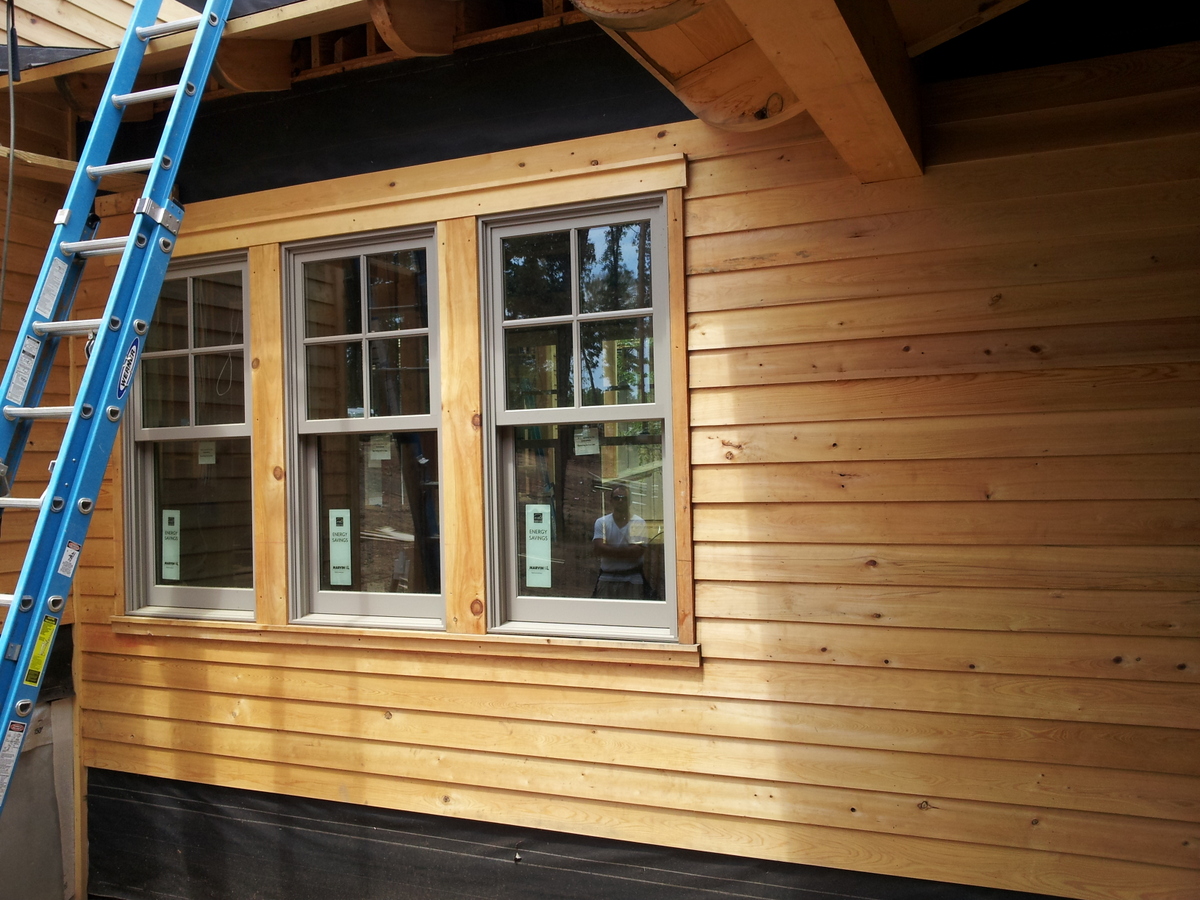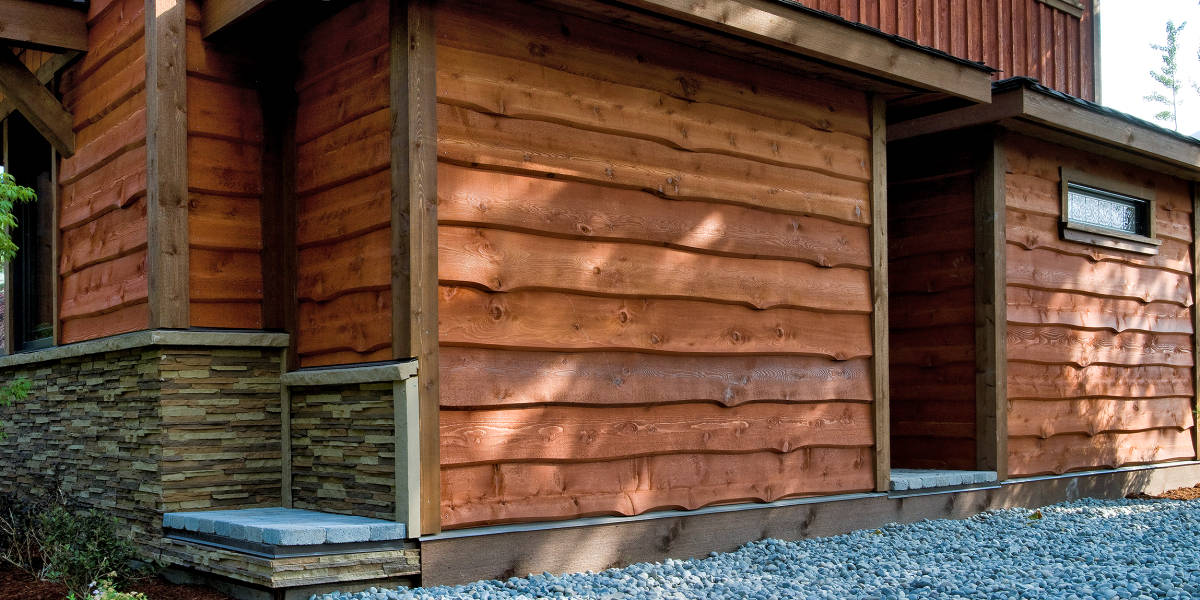The start of horizontal wood siding was used by early american settlers because they had the tools to cut wood for a variety of uses.
Siding that is wood with a bevels on one side.
But spruce cypress and pine versions are also available.
They are lapped to shed water.
Bevel wood siding provides rustic warmth for homes and log cabins.
Tongue groove paneling is naturally graded to the smooth face.
Bevel siding is typically milled from western red cedar or redwood two softwood species that are naturally resistant to rot and wood boring bugs.
Bevel siding is milled by resawing lumber at an angle to produce two pieces thicker on one edge than the other.
The bevel pattern sometimes called bevel lap or clapboard siding has a triangular profile with a thick butt and a thin upper edge.
One edge has a thick butt while the other edge is thinner.
This creates a narrow edge on one side of the length of the board and a wide edge on the other side.
This overlapping is where the term lap siding originates.
Bevel siding comes in several grades from clear to knotty and is often smooth on one side and rough sawn on the other.
Tongue and groove siding v4e t g pattern.
Lap siding is created by sawing a board lengthwise in a slight pie shape.
Bevel siding also referred to as clapboard siding is a very popular wood siding product.
The contractor will overlap the boards starting with the first board placed at the bottom of the wall.
It is lumber that has been resawn at an angle resulting in two pieces.









